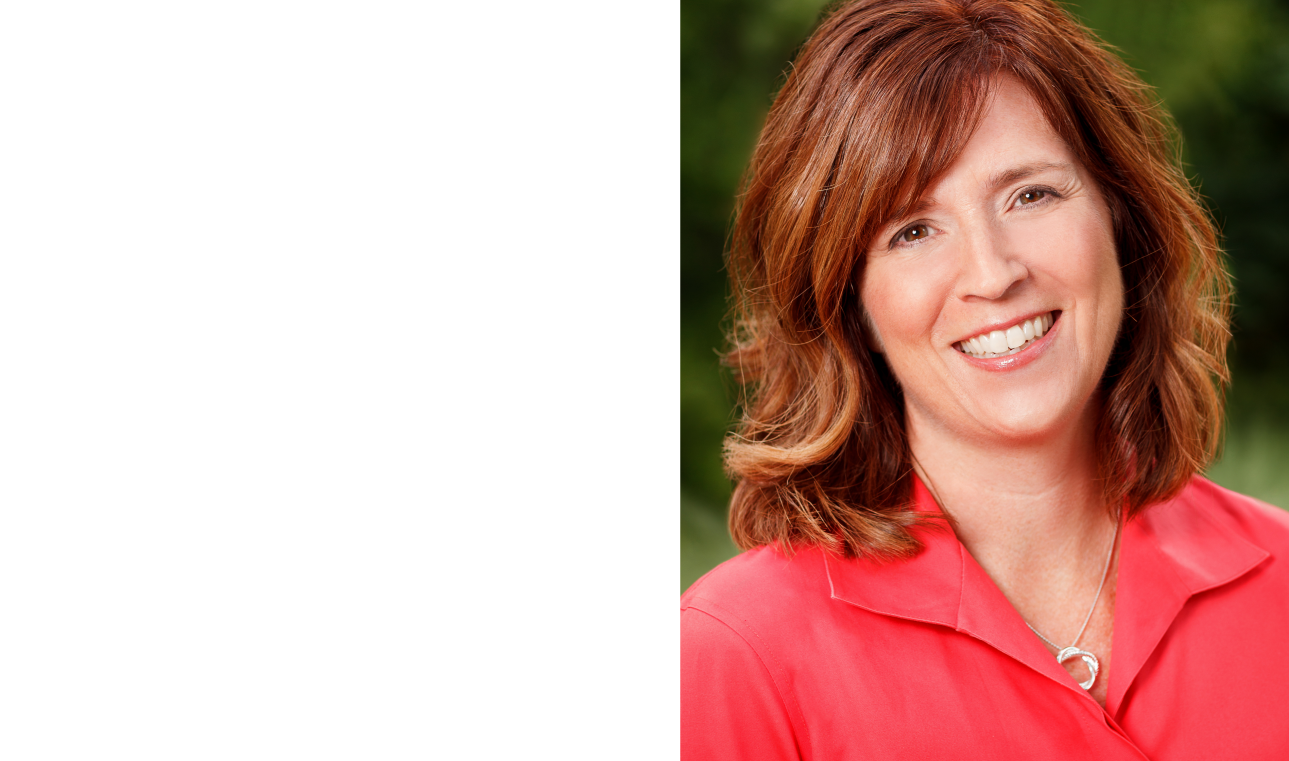I hear about it all the time. People fall victim to an online scam, click on a bad link, have one of their accounts hacked, or have their credit card information stolen. With so many bots and hackers on the loose, it’s enough to make a person want to go back to the pre-internet “dark ages!”
Of course, that’s not an option. Our lives are enmeshed in the web, and that’s not going to change anytime soon (nor should it!). It’s far too convenient, for example, to deposit a check with your mobile phone or check your savings account balance with a few strokes of the keyboard. Services like Venmo or PayPal have made sending and receiving money a breeze; and apps like Acorns, YNAB or Mint are helping people budget better, save more, and track where their money goes (for a list of helpful financial apps, please see my past blog post).
So, does the price of all this convenience mean risking your personal information or even your identity? Possibly, but there are a few ways to protect yourself online. Start with these six quick steps:
1. Use a password manager
You’ve probably heard that it’s a good idea to use different passwords for different websites. This practice can protect your accounts—if one password is compromised, only that one account will be affected. But how on earth do you keep track of so many passwords? Try using a password manager like Dashlane or Keeper. These managers keep all your passwords in a single, secure place.
2. Use two-step verification
Yes, it might seem annoying to have to enter your password and then wait while your bank sends you a code to verify your identity, BUT the inconvenience is worth it. Two-step verification is an effective deterrent for driving away hackers. As CNET reports, “Think of it in terms of home protection. If you have a home security system, you lower the odds of a burglary. If you have a loud, large dog, you also lower the odds of a burglary. If you combine a security system with a big dog, then your house becomes even more difficult to break into and a less attractive target.” The same is true for two-step verification–it doubles your protection and makes your account less attractive to hackers.
3. Use a safe
Are you guilty of keeping your extra boxes of checks or your social security card sitting in a drawer somewhere? Don’t make yourself an easy target for burglars or any dishonest person who happens to walk through your door. Lock up any crucial financial information in a safe or secure it in a safety deposit box.
4. Be wary of links
Scammers are getting very good at sending emails that appear to be from a trustworthy company or friend. If something seems off about an email, do NOT click on any links. If you’re curious about where the link goes, one trick you can try is hovering your mouse above it (but not clicking). The link address will appear in the lower left hand corner of your screen. When in doubt, contact your friend or acquaintance directly to see if they sent you the link—it’s better to appear overly cautious than fall victim to a scam.
5. Choose good security questions
When you’re setting up an online account, don’t pick security questions that can be easily discerned from a quick Google search. Your dog’s name, for example, is probably somewhere in a picture you’ve posted on Facebook. And your mom’s maiden name can likely be found on any decent genealogy site. Instead, opt for trickier questions like your favorite food, first concert, or first car.
6. Monitor your finances
Keeping a close eye on your bank account, investments, and credit card balances is a good way to spot suspicious activity before it becomes a full-on attack. If something doesn’t look right, report it immediately.
BONUS: Monitoring your finances is a good idea anyway! It helps you keep tabs on your spending, so there are never any surprises when it’s time to pay your credit card bill.
